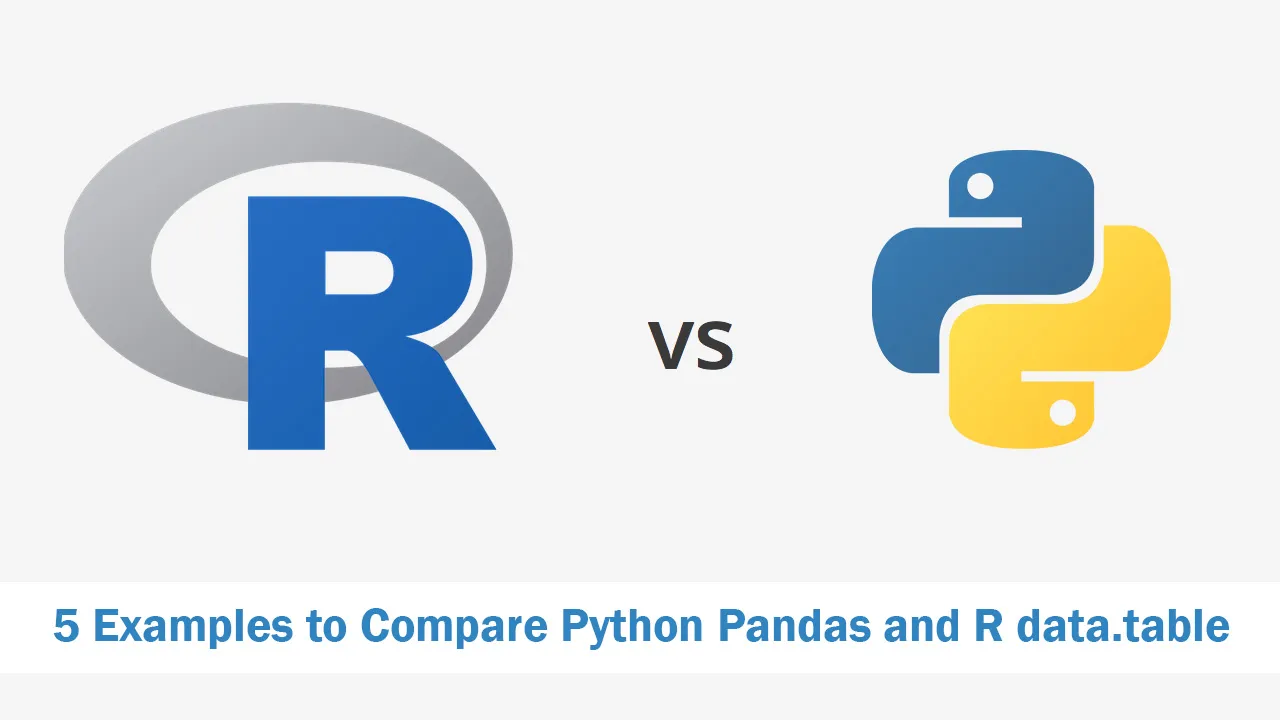A practical guide for both
Python and R are the two predominant languages in the data science ecosystem. Both of them offer a rich selection of libraries that expedite and improve data science workflow.
In this article, we will compare pandas and data.table, two popular data analysis and manipulation libraries for Python and R, respectively. We will not be trying to declare one as superior to the other. Instead, the focus is to demonstrate how both libraries provide efficient and flexible methods for data wrangling.
The examples we will cover are the common data analysis and manipulation operations. Thus, you are likely to use them a lot.
We will be using the Melbourne housing dataset available on Kaggle for the examples. I will be using Google Colab (for pandas) and RStudio (for data.table) as IDE. Let’s first import the libraries and read the dataset.
## pandas
import pandas as pd
melb = pd.read_csv("/content/melb_data.csv")
## data.table
library(data.table)
melb <- fread("datasets/melb_data.csv")
#python #data-science #programming #r #examples to compare python pandas and r data.table #python pandas and r data.table
